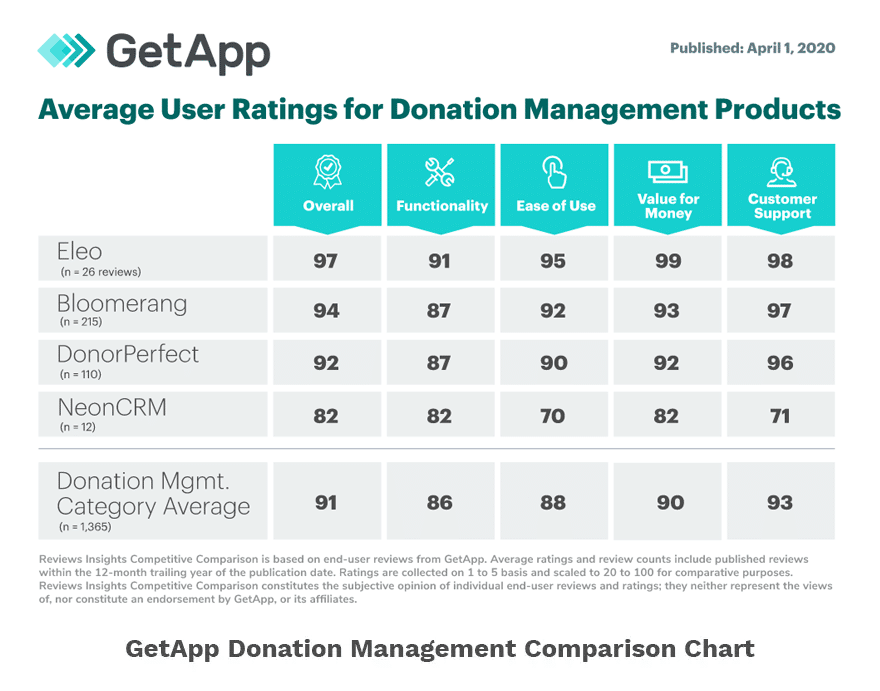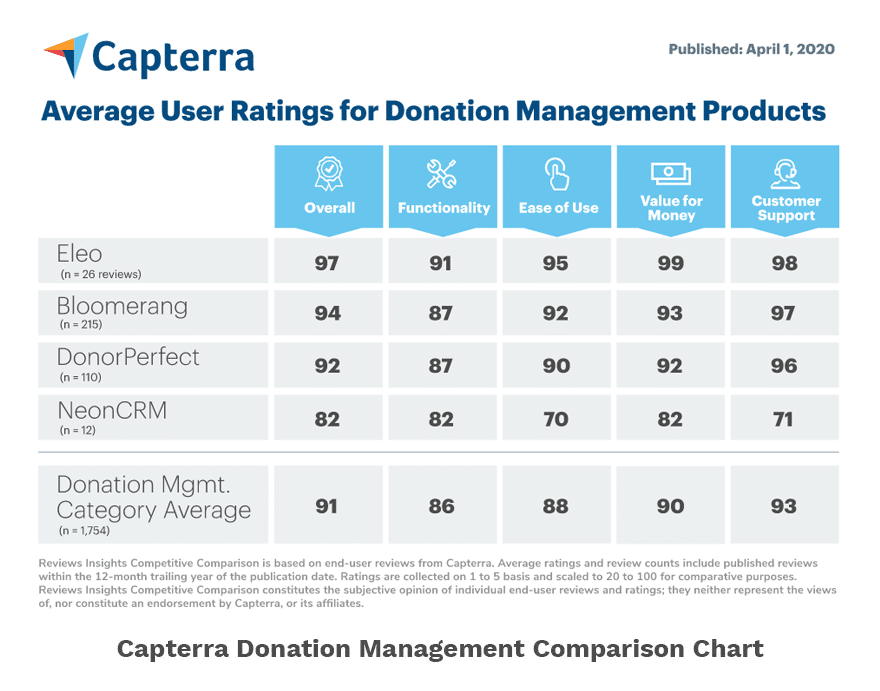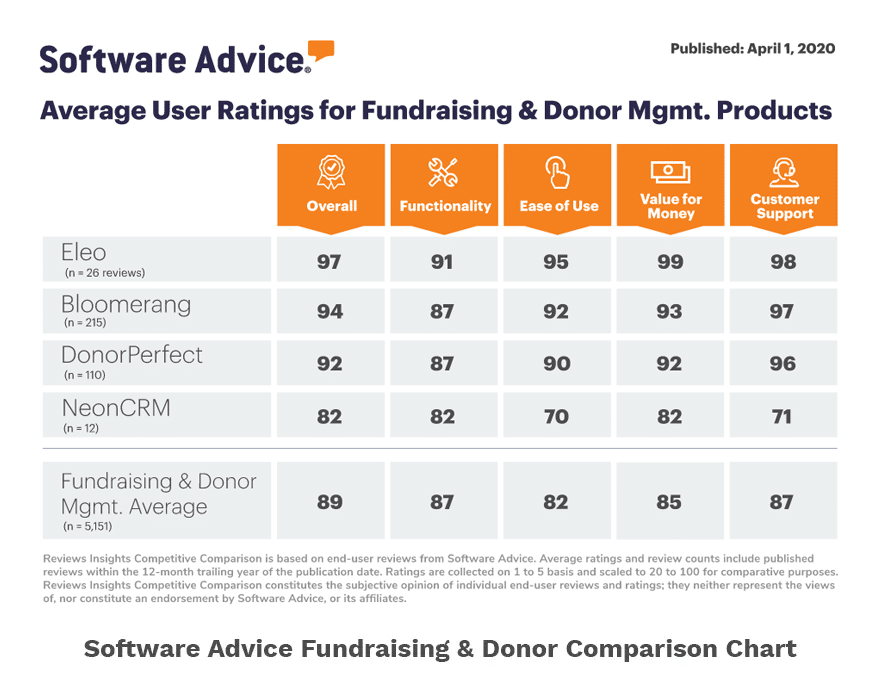
Many donors like to focus their gifts on something specific, whether an event, emergency fundraising, a new or favorite program, or even a specific family. This trend picked up steam during the past few years as people faced a variety of hardships during the pandemic.
Donors are often more likely to give to such a restricted fund because there’s a sense of urgency or they have an emotional attachment to how the funds will be used. The unrestricted general fund, on the other hand, doesn’t have the same kind of appeal, but it’s essential to keeping the lights on.
The lack of attention and giving to this fund can cause problems for small nonprofits. Let’s talk about unrestricted vs. restricted funds and how to make sure the unrestricted general fund gets the funding it deserves.
What Is the Unrestricted General Fund?
Restricted funds are designated for specific purposes and programs like those listed previously. The unrestricted general fund refers to money used to keep the nonprofit functioning while providing the flexibility to direct funds where needed most. There are no restrictions on how the money can be spent.
The annual campaign usually raises money for the unrestricted general fund, which is typically used for:
- Operations: Rent, building maintenance, utilities, software, salaries, etc.
- Programs: Existing programs and new program development
- Unforeseen expenses
Not exactly exciting, right? Well, these bills need to be paid and they’re not getting any cheaper. Maintaining a robust unrestricted general fund provides small nonprofits with the financial stability to operate in a sustainable, professional manner. These funds also make it possible to respond to needs as they evolve, expand programs, add capabilities, and continue to operate during difficult times.
How to Make the Unrestricted General Fund a Bigger Priority
The first step to prioritizing and expanding the unrestricted general fund is to gain clarity on your nonprofit’s full financial story and where that story is headed. You can’t just say, “The budget is tight.” You have to be able to show exactly how tight the budget is.
How much money is in the unrestricted general fund now? How much is projected to be in this fund in one year, three years, and five years? Is this amount sustainable and on a steady growth trajectory? Will it allow you to continue your day-to-day operations and improve your programs?
Once your financial story comes into focus, you can make the case to the board, which has the fiduciary responsibility to approve budget allocations and keep your nonprofit functioning. Then you can start having conversations with donors and present your story about the importance of the unrestricted general fund and how much money will be required to maintain it.
Many donors, especially those who prefer to have their gifts earmarked for a specific purpose, simply don’t realize how much it costs to operate a small nonprofit. That’s why nonprofits need to talk about it more often.
Donors may feel like they can have a greater impact when the focus is on “one thing” rather than “everything.” But “everything” is important! Once you make your case with hard data, donors will be more likely to support your efforts to prioritize the unrestricted general fund and make it a higher priority.
The end result? Greater sustainability and resilience, more opportunities to innovate and expand programs, and a bigger impact for your mission!





